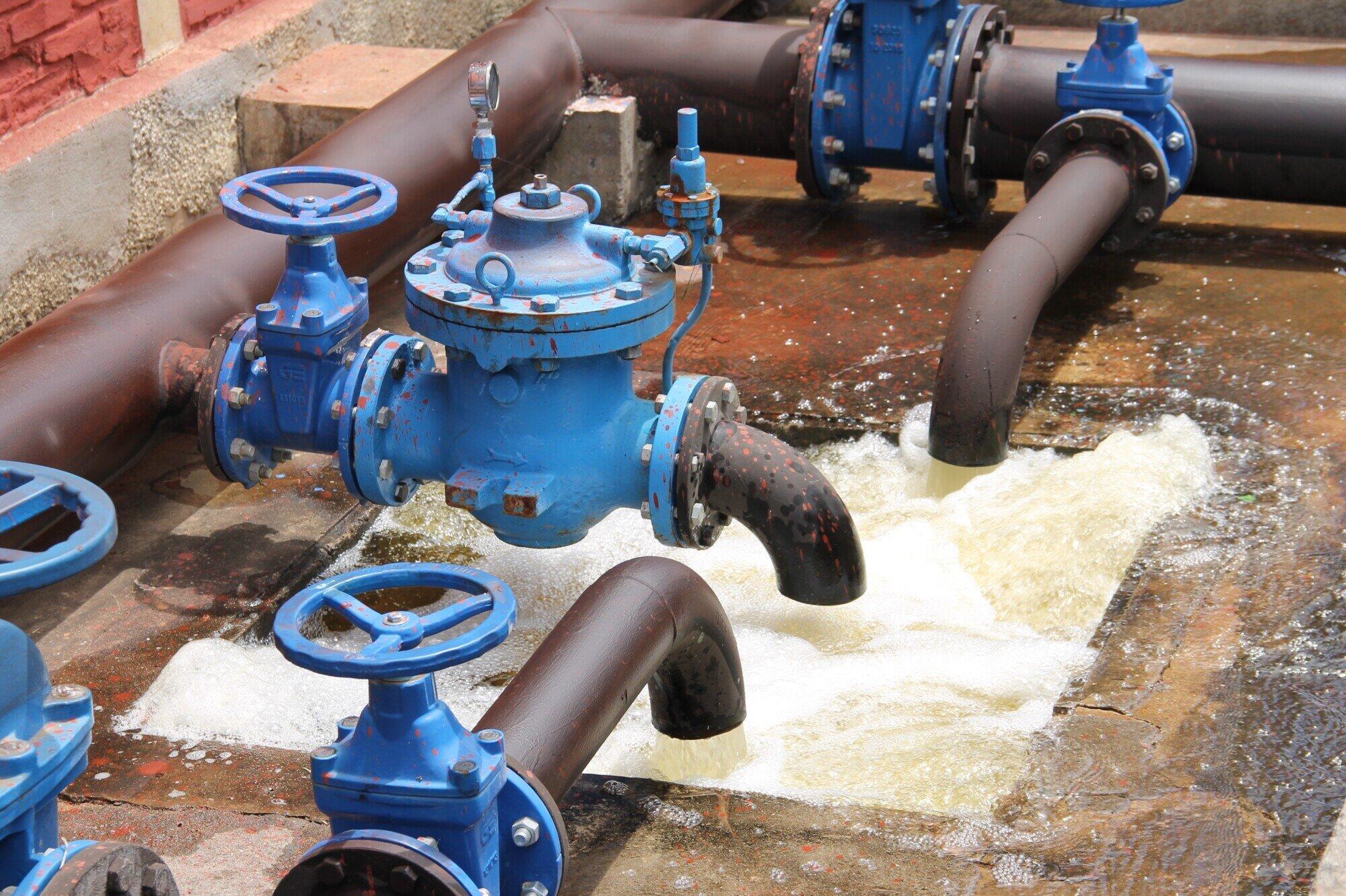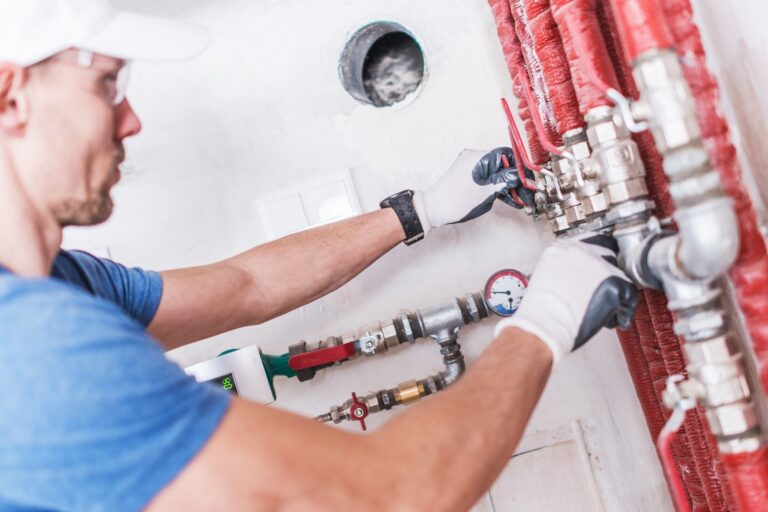The Essential Guide to Maintaining and Replacing Water Pump Parts
Water pumps play a critical role in our daily lives, often going unnoticed until something goes wrong. Understanding the ins and outs of water pump parts isn’t just for professionals anymore. Whether it’s keeping your garden lush or ensuring your home’s plumbing runs smoothly, the right knowledge can save you time and money. This essential guide will walk you through maintaining and replacing water pump parts with ease.
From identifying the first signs of wear to selecting the perfect replacement, we’ve got you covered. Say goodbye to emergency plumber calls and hello to self-sufficiency. Step into the world of water pump parts and empower yourself today.
Understanding Your Water Pump
Before you begin maintaining or replacing any parts of your water pump, it’s crucial to understand its components and how it operates. Most water pumps consist of a motor, impeller, seal, and housing.
The motor powers the pump, the impeller moves the water, the seal prevents leaks, and the housing encases the components. Familiarizing yourself with these parts can significantly simplify maintenance and replacement tasks, ensuring that your system runs efficiently.
Routine Maintenance
Routine maintenance is the key to prolonging the life of your water pump. This includes regular inspections for signs of wear or damage, cleaning parts to prevent blockages, and checking for leaks.
Also, make sure the pump’s motor is lubricated to ensure smooth operation. By dedicating time to these tasks, you can avoid major breakdowns and extend the lifespan of your pump.
Identifying Common Issues
Being able to identify common issues with water pumps can save you from costly repairs. Catching these issues early can prevent more significant problems down the line.
Here are some common issues to watch out for:
Loud or Strange Noises
If your water pump is making unusual noises, it could be due to a worn impeller, loose bolts, or debris inside the system.
Leaking Water
Leaks are a clear indication that something is wrong with your pump. It could be caused by a faulty seal, loose pipes, or cracks in the housing.
Lack of Pressure
If your pump is struggling to generate enough pressure, it could be a sign of a clogged impeller, worn motor, or damaged seal.
Choosing the Right Replacement Parts
When it comes to replacing water pump parts, choosing the right replacement is crucial for the system’s proper functioning. Here are some factors to consider when selecting replacement parts:
Compatibility
Make sure the new parts are compatible with your existing pump. Check for the correct model and size to ensure a perfect fit. If you’re looking for Komatsu Heavy Equipment Parts, for example, make sure to search for the specific model number. Selecting the wrong parts can lead to further damage and a costly pump repair.
Quality
Investing in high-quality replacement parts can save you from future repairs or replacements. Look for trusted brands and read reviews before making a purchase.
Warranty
Always check the warranty of replacement parts to ensure coverage in case of any issues. This can provide peace of mind and save you money in the long run.
DIY Replacement Tips
While some water pump maintenance and replacement tasks may require the help of a professional, there are certain things you can do yourself. Here are some tips for DIY replacements:
Follow Instructions
Always read the manufacturer’s instructions before attempting any replacements. This will ensure that you do it correctly and avoid causing further damage.
Use Proper Tools
Make sure to use the appropriate tools for the job. Using incorrect tools can damage the parts and make the replacement process more challenging.
Safety First
Always prioritize safety when working with water pumps. Make sure to turn off the power to the pump before starting any maintenance or replacements.
When to Call a Professional
While some tasks can be done yourself, there are certain situations where it’s best to call a professional. These include:
- Major leaks that you can’t fix on your own
- Electrical or motor issues
- Complex replacement tasks that require special equipment
It’s always better to seek expert help rather than cause further damage or risk your safety.
Winterizing Your Water Pump
Winterizing your water pump is a crucial step in preventing freeze damage in colder climates. Start by draining all water from the pump and pipes to ensure no water is left to freeze and expand, causing cracks and leaks.
Insulate any exposed parts that cannot be drained and consider using antifreeze in systems that require it. Remember to consult your pump’s manual for specific winterizing instructions, as some models may have particular requirements.
Troubleshooting Water Pumps Electrical Issues
Electrical problems can often mimic other issues in your water pump system. If your pump stops working, first ensure that the problem isn’t with your electrical supply or circuit breakers.
Check for signs of wear on electrical connections and wires and ensure that your pump is receiving the correct voltage as specified by the manufacturer. If electrical issues persist, consult a professional to avoid risking personal injury or further damage to your pump.
Upgrading Your Water Pump
If you find yourself constantly dealing with repairs and replacements, it may be time to consider upgrading your water pump. Newer models offer improved water pump efficiency, reliability, and durability. Here are some signs that it’s time for an upgrade:
- Frequent breakdowns or repairs
- Decreased water pressure
- Outdated technology or features
Consult with a professional to determine the best replacement for your specific needs.
Eco-Friendly Practices
Incorporating eco-friendly practices into the maintenance and operation of your water pump can lead to significant energy savings and a reduced carbon footprint. Consider installing a solar-powered pump for an environmentally sustainable alternative.
Regular maintenance ensures that your pump operates at optimal efficiency, preventing unnecessary energy use. Additionally, choosing energy-efficient models for replacements or upgrades can contribute to a greener environment.
Ensuring a Bright Future with Proper Water Pump Parts Maintenance
Ensuring the longevity and efficiency of your water pump relies heavily on regular maintenance and the use of appropriate water pump parts. Selecting high-quality, compatible parts can significantly reduce the likelihood of future breakdowns. By dedicating time to understanding your water pump’s mechanics, you can prevent common issues and elevate its performance.
Remember, while DIY efforts are commendable, consulting a professional for complex issues remains indispensable. With component care attention to detail and proactive maintenance, the reliability of your water pump parts can be greatly enhanced, securing your water supply’s future.
Browse our blog for more interesting reads.




